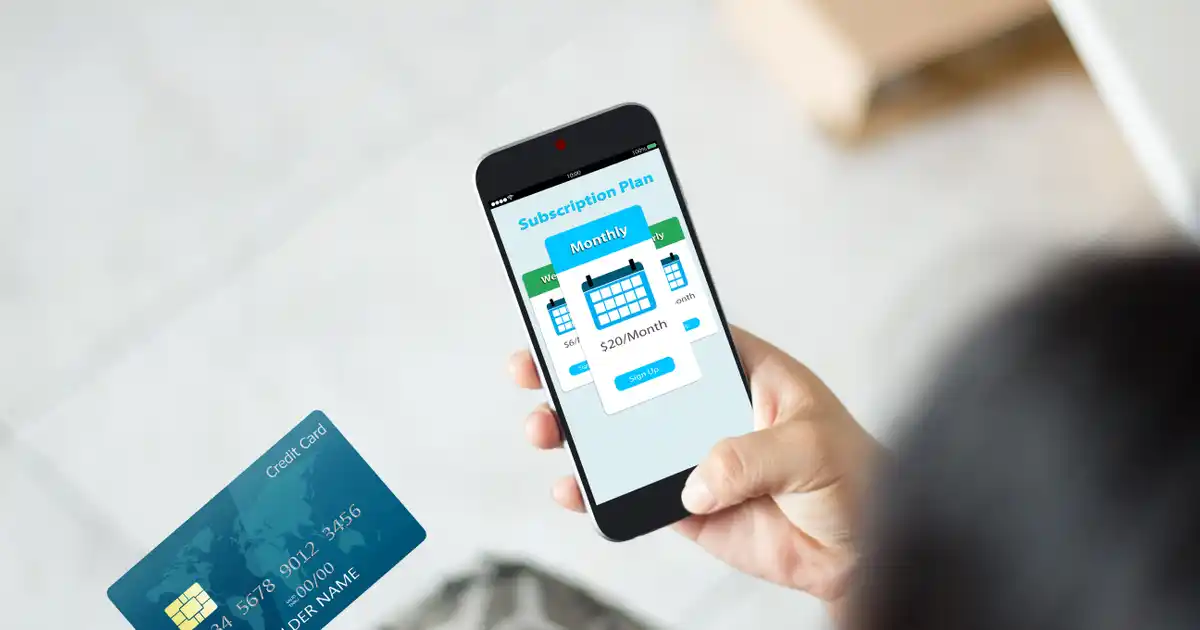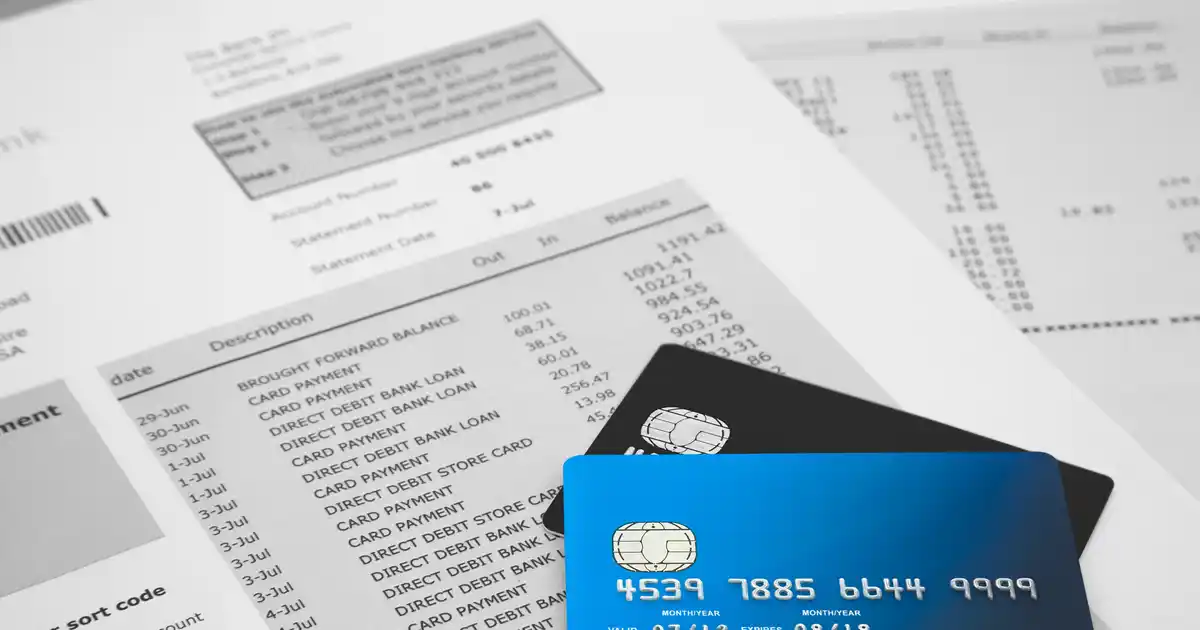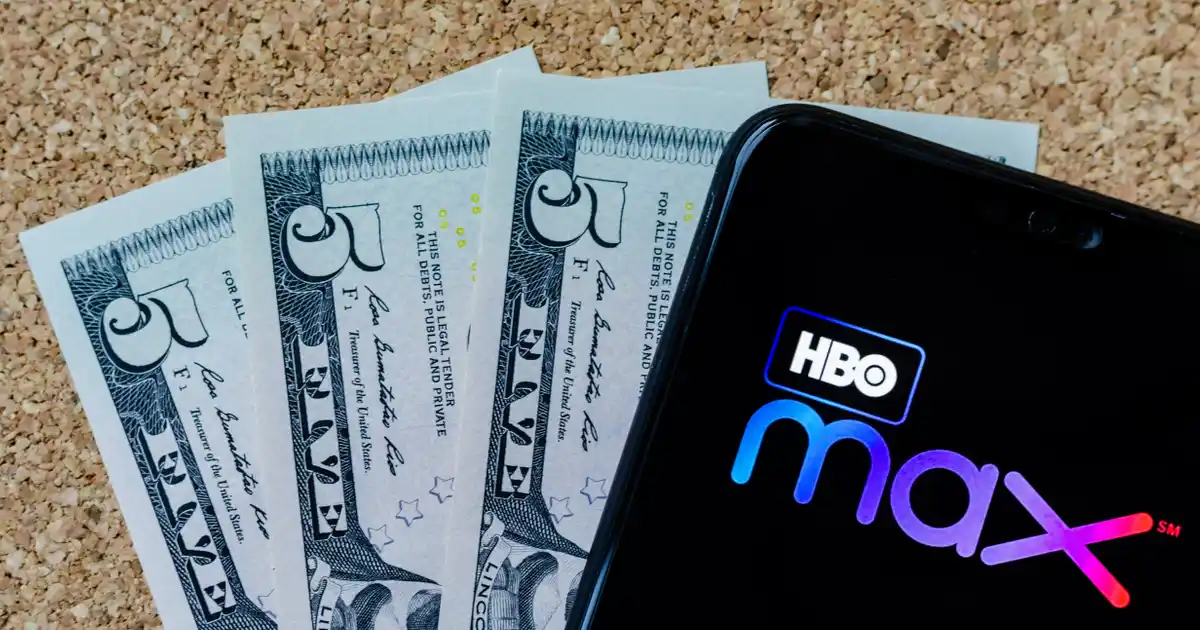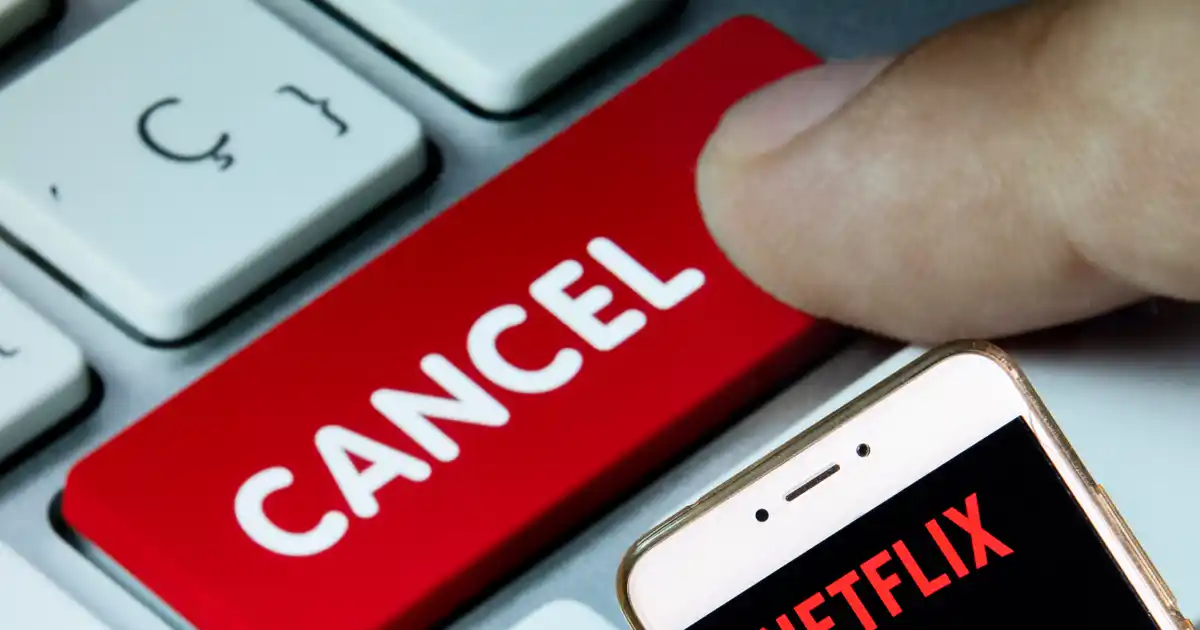Subscription services are increasingly the primary way to access entertainment and other digital services and goods. They’re convenient and often allow users to pay a relatively small fee to access huge libraries of digital books, movies, shows, games and more.
However, a recent study by C+R Research revealed some interesting statistics about just how much the average person underestimates their monthly subscription costs. The study revealed that the average consumer initially underestimated their subscription costs by 250 percent (or $133) per month. Perhaps even worse, 42 percent reported completely forgetting about a recurring monthly subscription. That’s a lot of money going out the door every month.
Common Online Subscriptions
Almost every type of service is being sold as a monthly subscription by one company or another. Your household likely has at least a couple of these. Some of the most common ones include the following.
- Music streaming (Spotify, YouTube Music, Apple Music).
- Gaming (Xbox Game Pass, PlayStation Plus, Apple Arcade).
- TV and movie streaming (Netflix, Hulu, HBO Max).
- Shopping (Amazon Prime).
- Newspaper or other online written content. (New York Times, Patreon, Substack).
- E-books and audio books (Scribd, Kindle Unlimited, Kobo Plus, Audible).
Take the time to look through your credit card statement or smartphone. You’ll want to determine exactly which subscriptions you currently have and what you’re paying for them.
 Shutterstock
ShutterstockSubscription Costs
Costs vary quite a bit, depending on the subscription. Generally, most are billed monthly. Some companies offer the ability to pay on a quarterly, bi-annual, or annual basis for a small discount. Others offer a reduced price (or even free) for the first 30, 60, or 90 days. However, the price then jumps up to its regular amount. Regardless of how often you pay, these fees can add up over the course of a year or more.
When you’re considering signing up for a new subscription (or just keeping an existing one), be sure that you calculate the total annual cost. The monthly costs tend to look cheaper initially – especially if you use a coupon code – but you’ll want to keep the long-term cost in mind.
 Shutterstock
ShutterstockWhy Underestimating Happens
Underestimating subscription costs happens for a variety of reasons. Regardless, it’s not all that surprising given how popular subscriptions are. According to Statista, Millennials had an average of 17 media and entertainment subscriptions in 2020! That’s a ton of small monthly charges that easily adds up to hundreds of dollars every 30 days.
You may think you’re not paying that much in subscription costs. But are you truly being honest with yourself? Did you forget to include your Disney+ or ESPN+ fees on your list? What about extra iCloud storage, or other software/app subscriptions?
 Shutterstock
ShutterstockDigital vs. Physical
While subscriptions to physical items are often front and center in our minds, online versions are shockingly easy to forget about. A HelloFresh or BirchBox package shows up in your mailbox every month (or quarter). Then you unbox, consume, or otherwise use or put away the items in these deliveries. You’re unlikely to forget you subscribed to them.
Digital subscriptions, however, are much easier to forget about — especially compared to their tangible counterparts. Even services you regularly use can become a massive drain on your finances. And services that you’ve just kind of… stopped using? They are the worse offenders, since you probably keep forgetting to cancel.
 Shutterstock
ShutterstockBudgets
Underestimating is more likely to occur if you don’t track your expenses. It’s unsurprising that it happens, given that a significant number of Americans don’t keep a monthly budget. That’s right, the majority of people don’t bother to review and record their own spending. According to Mint, 65% of people don’t know what they spent last month.
Tracking your spending doesn’t have to be difficult or time consuming. There are plenty of ways to do it. No matter what method you choose make sure to include all your subscription services — no matter how tiny the monthly charge it. Once you realize how much you’re paying, you can determine the easiest ways to save a bit of money.
 Shutterstock
ShutterstockAutoPay
Underestimating also happens because of the prevalence of auto-pay as a method of paying for online subscriptions. It’s convenient and ensures that payment isn’t late. In fact, many services basically require it. Netflix isn’t going to send you an invoice and wait for you to mail in a check, after all.
However, auto-pay is also a financial drain. It means that you don’t reconsider whether what you’re paying for is worth it every month when you have to pay your bill. It’s just another line on your bank or credit card statement. In a 2022 study, 72% of respondents said they have all of their monthly subscriptions on auto-pay, while an additional 14% have at least some on auto-pay.
 Shutterstock
ShutterstockPrice Hikes
Companies are required to inform customers of any changes in price. However, if you don’t pay close attention to your credit card bill or email junk folder, you may miss a notification about a price increase. If you have auto-pay on, you’re even more likely to miss a price increase on a subscription. This leads to even more underestimation of your subscription bills.
You can’t avoid price hikes. However, you can vote with your wallet. Netflix used to be $10 a month and have everything. Now the average plan is closer to $20 a month and critics say the content library has never been thinner. (Unless you enjoy all the Netflix Originals they keep churning out.) Only you can decide if these services are still worth it after the price increases. But it’s definitely a question you should be asking yourself.
 Shutterstock
ShutterstockConsequences of Underestimating
If you forget about a given subscription, you’re certainly not thinking critically about whether it’s actually worth the price. You’ll continue paying for it even if you aren’t using it. Obviously, that ends up being a waste of your hard earned money. It’s easy to justify a small monthly cost too — $9.99 or $14.99 don’t seem significant. So you, once again, forget to cancel it.
However, multiply that by 12 months (or more). Don’t forget to add tax. Suddenly, you’re basically giving away $150 or more every year, just because you can’t be bothered to go through the cancellation process.
 Shutterstock
ShutterstockHow To Stop Underestimating
While underestimating is extremely common, it’s not much work to get a handle on how much you’re spending and on what. Here are some simple ways you can get control over your online subscription costs.
Keep Track of Your Subscription Costs
The most thorough way to avoid underestimating your spending — both in general and more specifically on online subscriptions — is to keep a monthly budget. You can do this manually using software or just by setting up a spreadsheet in Excel or Google Sheets.
If you want something slightly less cumbersome, try personal finance software like Mint, which syncs with your bank accounts to automatically pull in all of your information.
 Shutterstock
ShutterstockCut Subscription Costs
Ultimately, you get to decide what you spend your money on. But if you’re feeling out of control with your spending or are stretched too thin, it may be time to cut some of your subscription costs. Once you’ve written down all of your weekly, monthly and annual subscriptions, and their corresponding prices (including taxes), it’s time to take a critical look.
Consider cutting or downgrading any subscription that:
- You don’t use on a weekly basis.
- You’ve forgotten about, since you evidently don’t need it if you didn’t remember you had it.
- Is redundant. For example, rotate through having Netflix, Hulu, and HBO Max memberships one at a time (perhaps for three months at a time) instead of paying for all three, all the time.
- Where you’re paying for a premium version, when a standard membership would be sufficient.
- That has a free substitute, such as borrowing e-books or audiobooks from your local library instead of paying for a subscription.
Even if you decide to keep a particular subscription, log into your account to check your membership tier and account information.
 Shutterstock
ShutterstockThink Critically About New Purchases
Once you’ve pared down your number of online subscriptions, it’s important to not let them creep up again. Continue to keep a budget, or at the very least, keep a list of your recurring expenses. Using the free version of a tool like Rocket Money (formerly TrueBill) can help you manage your subscriptions and keep you honest with yourself about your spend in this area.
When you’re thinking about subscribing to a new online service, consider whether it could be split with other people in your household. Many subscriptions have tiers that allow you to share your account with family or roommates, such as Spotify Family, Nintendo Switch Online, and Apple One.
 Shutterstock
Shutterstock







